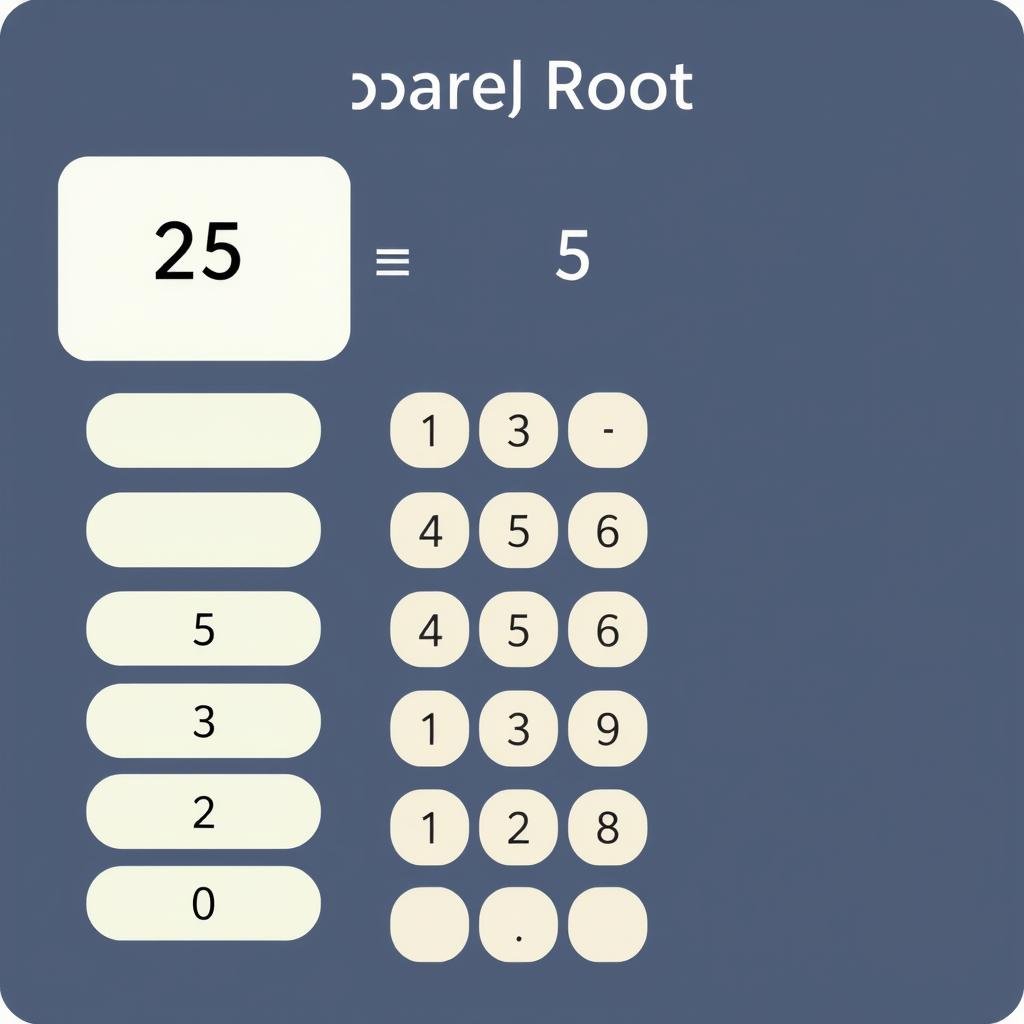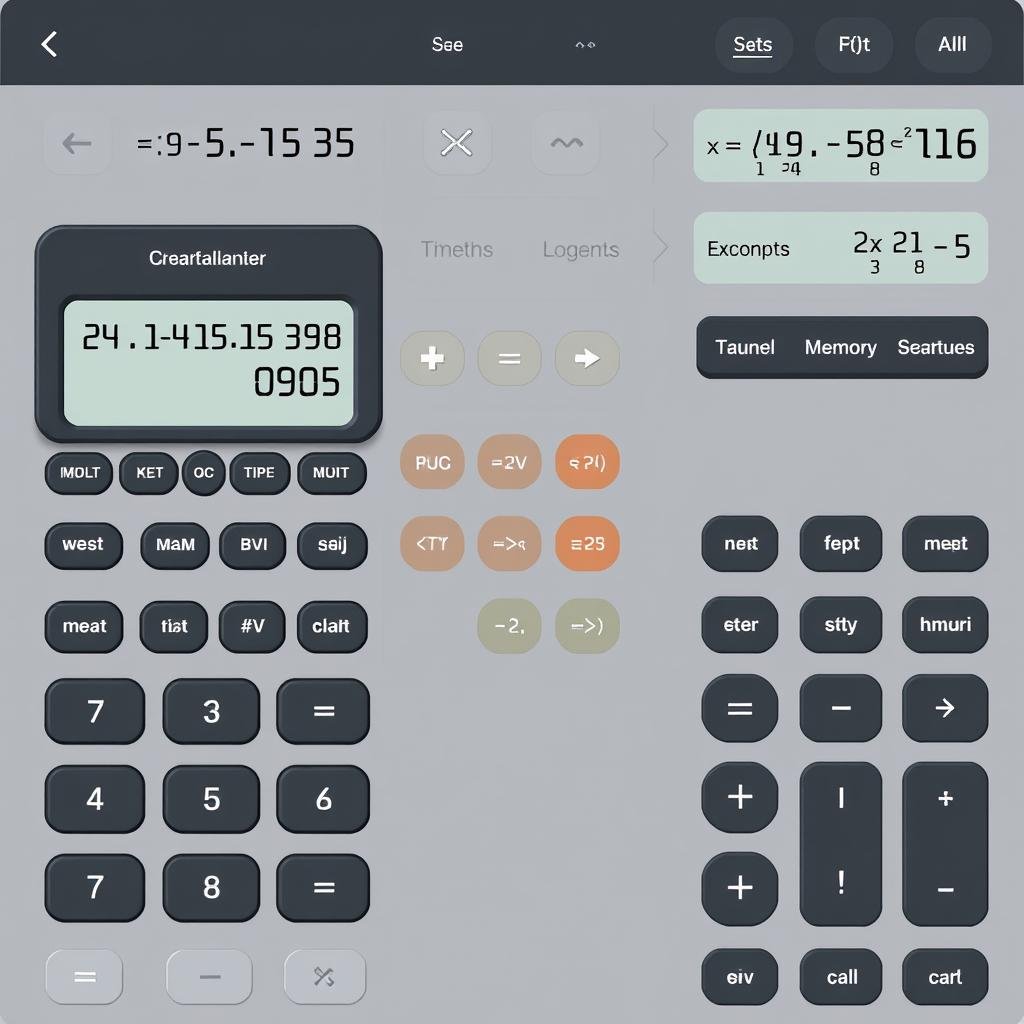An exponent calculator is a powerful mathematical tool that helps you quickly compute the value of a number raised to any power. Whether you’re dealing with positive, negative, or fractional exponents, our calculator makes these calculations simple and error-free. This comprehensive guide explains everything you need to know about exponents, how to calculate them, and why our exponent calculator is the perfect solution for students, educators, and professionals alike.
Ready to Calculate Exponents?
Skip the manual calculations and get instant, accurate results.

What Are Exponents?
An exponent represents how many times a number (called the base) is multiplied by itself. It’s written as a small number to the upper right of the base number. For example, in the expression 2³, 2 is the base and 3 is the exponent, meaning 2 is multiplied by itself 3 times: 2 × 2 × 2 = 8.
Basic Exponent Notation
The standard form of an exponent is x^n, where:
- x is the base number
- n is the exponent (or power)
- x^n represents x multiplied by itself n times
For example, 5² equals 5 × 5 = 25, and 3⁴ equals 3 × 3 × 3 × 3 = 81.

Why Use an Exponent Calculator?
While simple exponent calculations can be done manually, an exponent calculator becomes essential when:
- Working with large numbers (like 15⁷)
- Calculating negative exponents (like 2⁻³)
- Computing fractional exponents (like 8^(1/3))
- Solving complex equations with multiple exponents
- Needing quick, error-free results for academic or professional work
How to Calculate Exponents
Manual Calculation Method
To calculate an exponent manually:
- Identify the base number (x) and the exponent (n)
- Write the base number n times
- Multiply all instances of the base number together
- Simplify to get your final answer
For example, to calculate 4³:
4³ = 4 × 4 × 4 = 16 × 4 = 64
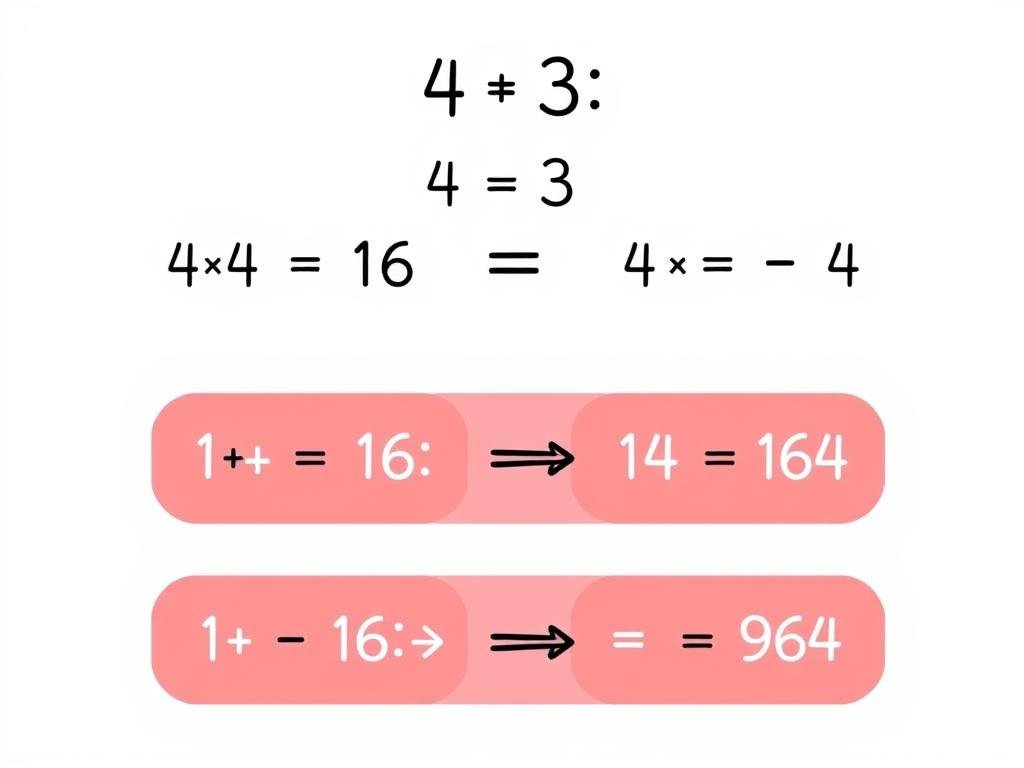
Using Our Exponent Calculator
Our exponent calculator simplifies this process:
- Enter the base number in the first field
- Enter the exponent in the second field
- Click “Calculate” to get your result instantly
- For negative or fractional exponents, simply enter them as they are (e.g., -3 or 0.5)
Save Time on Complex Calculations
Get precise results for any exponent problem in seconds.

Essential Exponent Rules and Properties
Understanding these fundamental exponent rules will help you solve complex exponent problems more efficiently. Our exponent calculator applies these rules automatically to give you accurate results.
| Rule Name | Formula | Example |
| Product Rule | x^m × x^n = x^(m+n) | 2³ × 2² = 2⁵ = 32 |
| Quotient Rule | x^m ÷ x^n = x^(m-n) | 3⁵ ÷ 3² = 3³ = 27 |
| Power Rule | (x^m)^n = x^(m×n) | (2²)³ = 2⁶ = 64 |
| Zero Exponent | x⁰ = 1 (for x ≠ 0) | 7⁰ = 1 |
| Negative Exponent | x^(-n) = 1/(x^n) | 2⁻³ = 1/2³ = 1/8 = 0.125 |
| Fractional Exponent | x^(1/n) = ⁿ√x | 8^(1/3) = ³√8 = 2 |

Negative Exponents Explained
A negative exponent indicates the reciprocal of the base raised to the positive exponent. For example, 2⁻³ means 1/(2³), which equals 1/8 or 0.125. Our exponent calculator handles negative exponents with ease, saving you from potential calculation errors.
Fractional Exponents
Fractional exponents represent roots. For example:
- x^(1/2) is the square root of x
- x^(1/3) is the cube root of x
- x^(m/n) means take the nth root of x and raise it to the mth power
For example, 27^(2/3) means (³√27)² = 3² = 9.

Real-World Applications of Exponents
Exponents are not just mathematical abstractions—they have numerous practical applications in various fields:
Science & Engineering

Exponents are crucial in:
- Calculating radioactive decay
- Measuring sound intensity (decibels)
- Computing electrical power
- Analyzing structural forces
Finance & Economics

Exponents power:
- Compound interest calculations
- Investment growth projections
- Inflation modeling
- Population growth forecasts
Computer Science

Exponents are essential for:
- Encryption algorithms
- Big O notation for algorithm efficiency
- Data compression techniques
- Graphics rendering calculations
Exponential Growth Example: Bacteria Population
Consider bacteria that double every hour. If you start with 1 bacterium, after n hours, you’ll have 2^n bacteria:
| Hours (n) | Calculation | Number of Bacteria |
| 0 | 2⁰ | 1 |
| 1 | 2¹ | 2 |
| 3 | 2³ | 8 |
| 6 | 2⁶ | 64 |
| 12 | 2¹² | 4,096 |
| 24 | 2²⁴ | 16,777,216 |
This exponential growth demonstrates why our exponent calculator is invaluable for scientists, researchers, and students studying population dynamics.
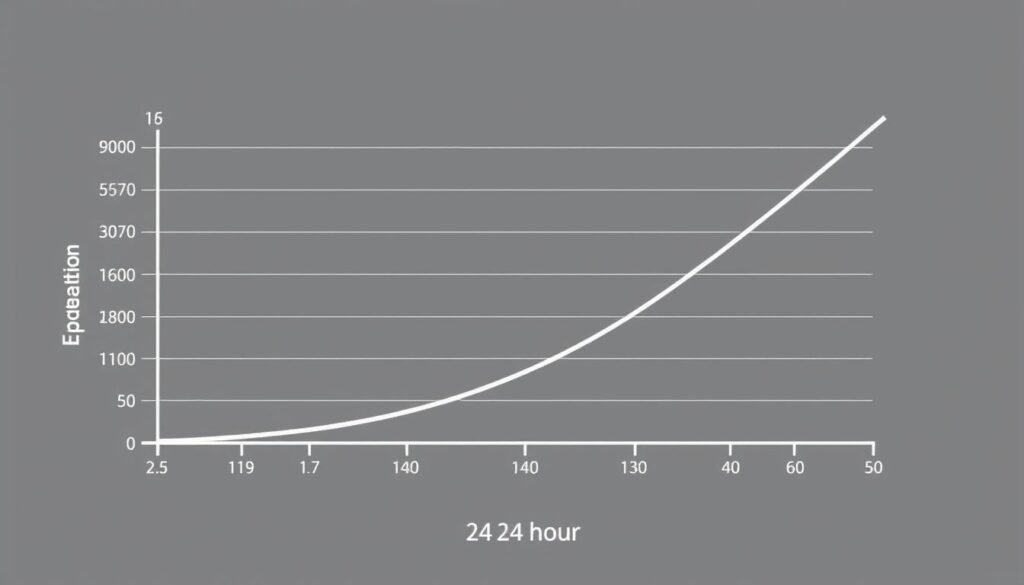
Common Challenges with Exponent Calculations
Where Our Exponent Calculator Helps
- Instantly calculates any exponent without manual errors
- Handles negative and fractional exponents with precision
- Processes very large or very small numbers accurately
- Applies all exponent rules automatically
- Saves time on complex calculations
Common Mistakes to Avoid
- Confusing x^(-n) with -x^n
- Incorrectly applying the product rule
- Misinterpreting fractional exponents
- Forgetting that 0⁰ is defined as 1
- Miscalculating negative bases with even/odd exponents
Avoid Calculation Errors
Our exponent calculator eliminates common mistakes and provides accurate results every time.
Frequently Asked Questions About Exponents
What happens when you raise a number to the power of zero?
Any number (except 0) raised to the power of zero equals 1. This is a mathematical definition that ensures consistency with other exponent rules. For example, 5⁰ = 1, 42⁰ = 1, and (-7)⁰ = 1.
How do I calculate negative exponents?
A negative exponent indicates the reciprocal of the base raised to the positive exponent. For example, 2⁻³ = 1/(2³) = 1/8 = 0.125. Our exponent calculator handles this automatically.
What’s the difference between (-5)² and -5²?
(-5)² means the number -5 is squared, resulting in 25 (since negative × negative = positive). However, -5² means the negative of 5², which equals -25. The parentheses make a crucial difference in the order of operations.
How do fractional exponents work?
A fractional exponent x^(m/n) means take the nth root of x and raise it to the mth power. For example, 8^(2/3) means (³√8)² = 2² = 4. Our calculator handles these complex calculations instantly.
Can I use the exponent calculator for scientific notation?
Yes! Scientific notation uses exponents to express very large or very small numbers (e.g., 3.5 × 10⁶). Our calculator can handle these calculations by entering the base and exponent separately.
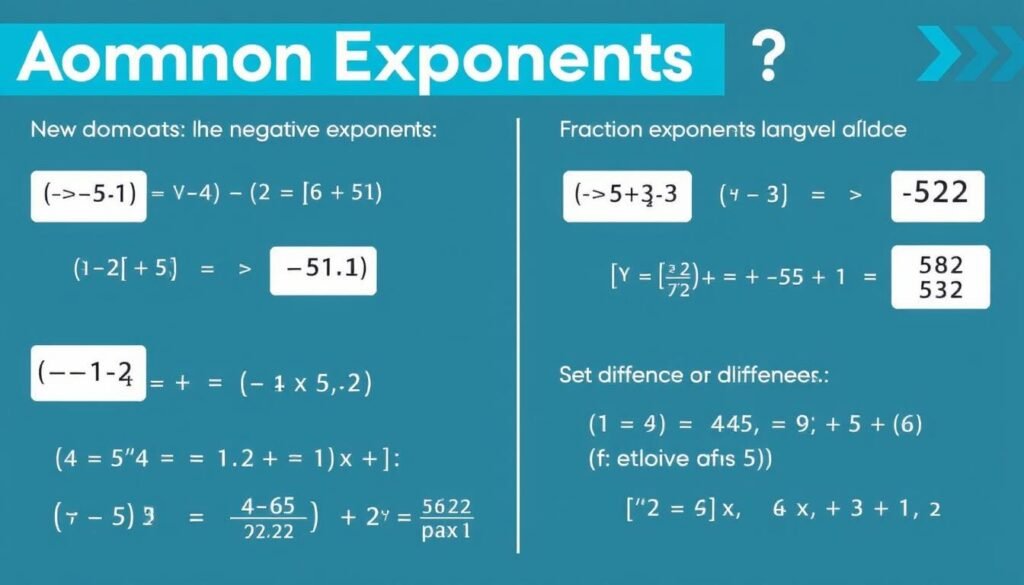
Master Exponent Calculations with Our Tool
Exponents are fundamental mathematical concepts with applications across numerous fields. Whether you’re a student working on homework, a scientist conducting research, or a professional making financial projections, our exponent calculator provides the accuracy and efficiency you need.
By understanding the basic principles and rules of exponents outlined in this guide, you’ll be better equipped to interpret and apply exponential concepts in your work or studies. And when calculations become complex, our exponent calculator is always here to help.
Ready to Simplify Your Math?
Join thousands of students, educators, and professionals who rely on our calculator daily.

